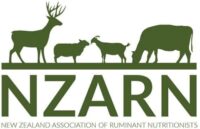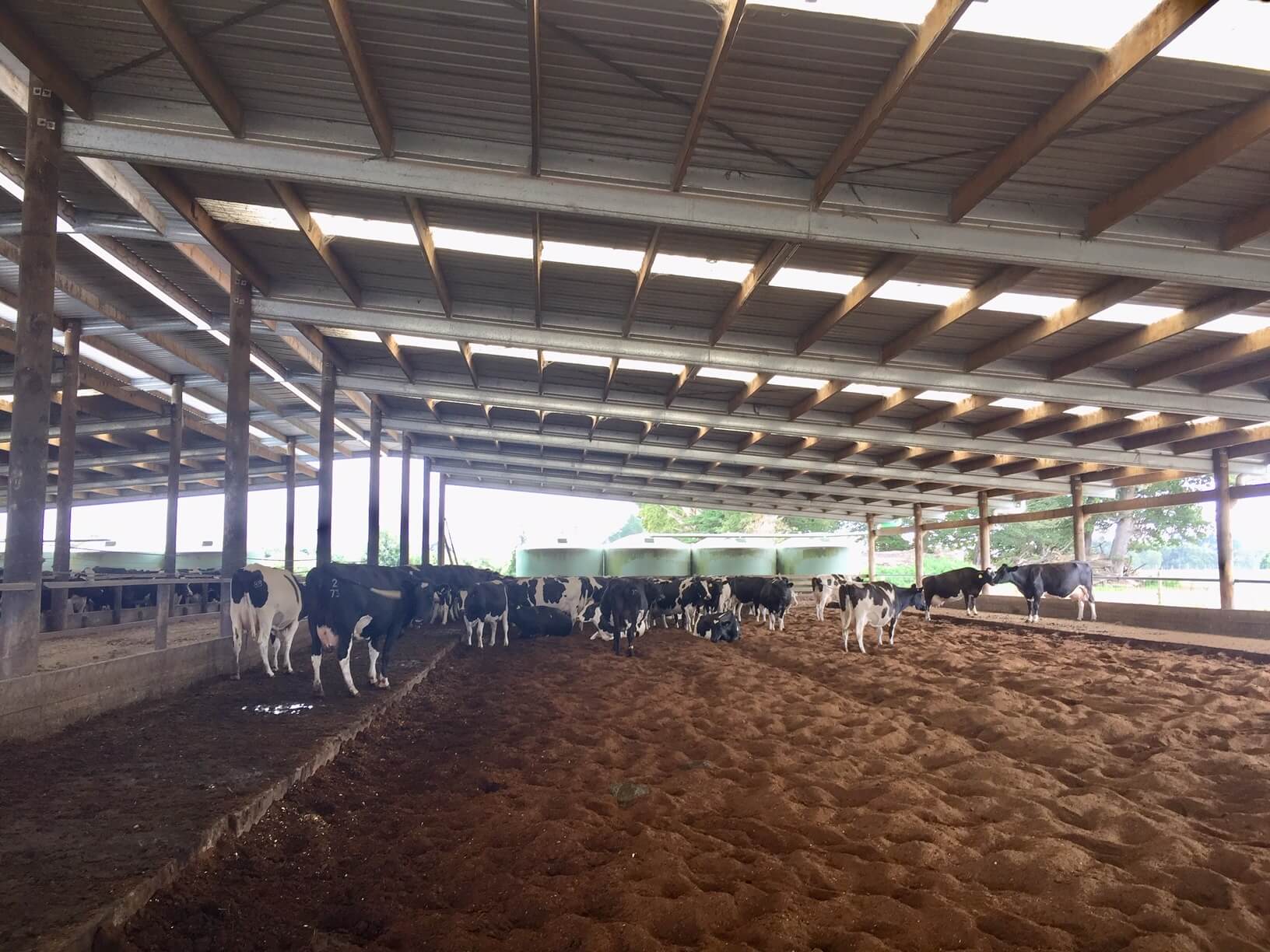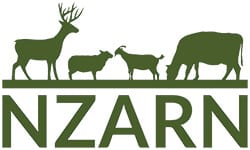Keith Woodford, Managing Director and Principal Consultant at AgriFood Systems Ltd.
Introduction to composting barns:
- Bedding compost in situ for 12 months. This can be any material that is porous and high in lignin.
- Important is the tilling system, i.e. how compost layer is turned over daily to provide oxygen to deeper layers down to 60-80 cm.
- Compost should be at 50-60 ºC – an indicator of appropriate composting activity. Composting process can be disturbed with inappropriate management e.g. over tilling.
- 60-80 cm bedding of saw dust around 3 m3 per cow and slightly more with miscanthus.
- Typically there is no liquid run off from the bottom.
- Barns should provide min of 5 m2 per cow when cows stay in all winter.
- Roofing system should provide enough slope (18%+) and centre opening to allow ventilation and moisture to evaporate.
- Compost barn concept is orginally from the midwest of the USA.
Why is this important to New Zealand?
- To get cows off paddocks late autumn and winter to reduce Nitrogen leaching.
- Benefits to animal welfare; cows have shelter against cold/wet and shade in the summer.
- Provides improved GHG over other barns with effluent storage.
- Can support a more intensive system and provide the ability to feed cows better.
- Can be built economically.
Non-members looking for more information are encouraged to use our ‘contact a nutritionist’ form and ‘member directory’ to find a member who can help them answer their questions.
If you are a Rural Professional interested in joining the NZARN please see our ‘membership’ section.


